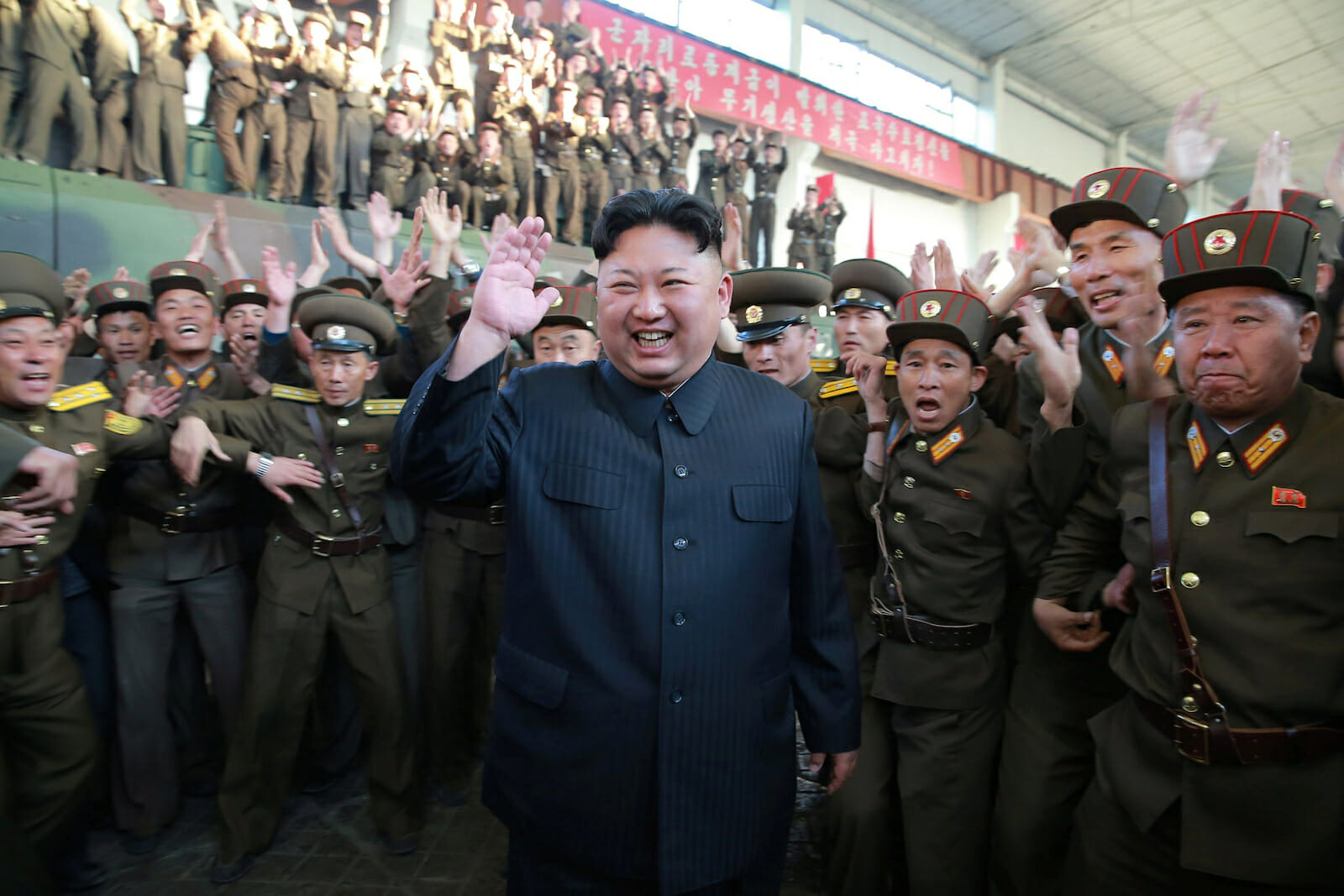
South Korea and Japan are Having to Forge their Own Paths with Kim Jong-Un
Relations between the United States and North Korea are currently at their lowest point so far in 2018. Disagreements over the Singapore declaration signed by the two countries’ leaders regarding denuclearization and a formal peace treaty ending the Korean War came to a head at the end of August. As a result, President Trump canceled Secretary of State Pompeo and new North Korea special envoy Steve Biegun’s planned September trip to Pyongyang. Barring a sudden change in each country’s fundamental position, relations are not likely to improve any time soon.
Meanwhile, the governments of South Korea and Japan appear to be forging their own diplomatic paths with North Korea. South Korean president Moon Jae In is eager to implement articles of the Panmunjom declaration from his own summit with Kim on April 27, and it was revealed that Japanese officials had a meeting with their North Korean counterparts without informing the United States. This raises questions of how independent each country is willing to act in regards to relations with North Korea and the possible implications in their respective security relationships with the U.S.
Several factors are likely pushing Seoul and Tokyo to develop alternative diplomatic approaches with Pyongyang, beginning with the American leader’s brand of diplomacy. President Trump conducts foreign relations based on his personal relations with leaders, no matter what nation’s status with the United States. He has made many overtures to Korean leader Kim Jong-Un. Most recently, in response to a personal letter from Kim, Trump has called for a summit between “people who like each other.”
The practice of personal diplomacy makes it difficult for America’s partners to develop consistent and coordinated policy with Washington. In South Korea, President Moon has been persistent but patient, maneuvering deftly between the demands of North Korea and the United States. However, the stagnate relations between the two have frustrated the government in Seoul, and it is evident that the Blue House is not waiting idly for a breakthrough.
Large-scale visions like inter-Korean infrastructure projects require repealing UN sanctions, but South Korea has pressed on in other areas. This includes increasing the budget of the Ministry of Reunification for more family reunions and inter-Korean projects, as well as removing ten guard posts along the DMZ.
Seoul also announced that it would open a liaison office in the North Korean border city of Kaesong. This measure received scrutiny because South Korea is footing the bill for the facility. Monetary assistance to North Korea is still prohibited, but Seoul argues that it does not need to apply for sanction exemption because the money spent to power to the office is for the well-being of its own citizens stationed there. Additionally, President Moon will visit Pyongyang for a third inter-Korean summit on September 18-20.
In nearby Japan, Prime Minister Shinzo Abe had followed the United States’ hardline approach towards North Korea since Trump took office, with two issues of particular concern: North Korea’s past abductions of Japanese citizens, and short/medium-range missiles that threaten its territory.
This strategy worked as long as the U.S. kept pressure on North Korea. But when the leaders of South Korea, the U.S. and China began meeting with Kim Jong-Un in the first half of 2018, Japan was left out in the diplomatic cold. It could not soften its hardline stance nor could it get an audience with the North Korean leader. Abe was left with no choice but to ask Trump to bring up his country’s grievances with the Kim Jong-Un, but with no tangible results following the summit.
This led to Japan’s eventual decision to meet with North Korean representatives separately in Vietnam in July. Though not unusual to have backchannel meetings with adversaries, the fact that Tokyo kept the meeting secret from the United States is significant. Additionally, Japan’s recently released white paper labeled North Korea a serious threat. This runs counter to the American president’s own claim following the Singapore summit in which he tweeted that it was “no longer a nuclear threat.”
South Korea and Japan are likely attempting to establish certain relations with North Korea independently in order to hedge their bets in the face of the unpredictable American president. Though the military alliances themselves are not in jeopardy, they can be undermined by lack of communication and coordination between their political leaders. Trump sees alliances as transactional rather than strategic, which is why as a concession at the Singapore summit, he made the decision to halt military exercises with South Korea without informing Seoul or even his own Pentagon beforehand. If Washington is seen as an unreliable partner in the eyes of Seoul and Tokyo, America’s Asian allies will be less inclined to coordinate policies with the United States.
One of the main reasons the United States was successful in dealing with North Korea before was its ability to gather the support of all the nations of Northeast Asia. Now, it appears its two allies in the region are traveling down diverging paths towards diplomacy with Pyongyang. If the United States wants to break out of the current stagnation with North Korea, it will need to reenlist the help of its friends.

